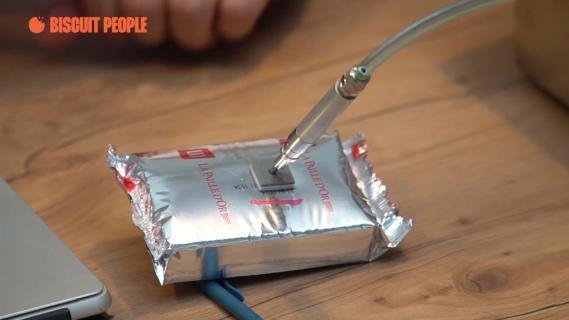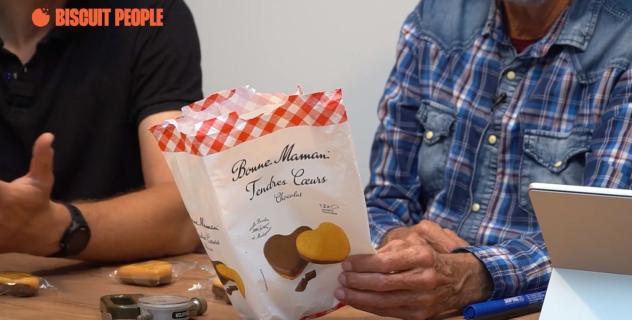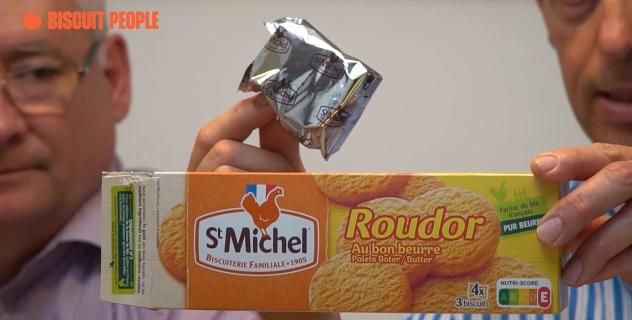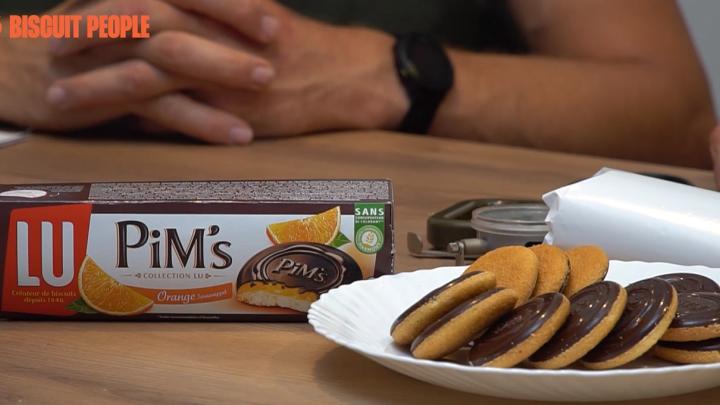Episode 2: PiM's Cake
In this episode of our podcast, we take a comprehensive look into the fascinating world of PiM's Cake, specifically focusing on the complexities of packaging and its impact on shelf life
What is a PiM's Cake?
PiM's Cake, as described by Jos Vast, is traditionally a genoise cake, a type of sponge cake known for its light and airy texture. This cake is complemented by a layer of orange marmalade and covered in dark chocolate. The combination of these three distinct textures—soft sponge, sticky marmalade, and crisp chocolate—makes for a complex and delightful treat.
However, this complexity also introduces challenges in preserving the cake's quality during its shelf life. The interactions between the different layers, as well as external factors such as packaging, play a crucial role in determining how long the product will remain fresh and enjoyable.
The Importance of Packaging
In our podcast, we discussed various tests conducted to evaluate the effectiveness of the packaging used for PiM's Cake. One key test was the leak test, conducted on exos machine with Eric Schaller and Jacob van Kogelenberg, where the package was punctured to measure its ability to maintain pressure. This test revealed that even small defects in the packaging can have a significant impact on the shelf life of the product.
For instance, during the test, a package with a defect of 117 micrometers showed a leak rate of 20 milliliters per minute at 20 millibar pressure. Such defects can drastically reduce the shelf life by allowing moisture and air to interact with the product, potentially causing the cake to dry out or become stale faster than expected.
Shelf Life Challenges and Solutions
One of the critical challenges discussed was the interaction between the cake, marmalade, and chocolate layers. Over time, moisture from the marmalade can migrate into the cake, altering its texture and making it drier. This is especially problematic if the packaging does not provide an adequate barrier against external moisture.
The podcast also highlighted how environmental factors, such as temperature and humidity, can further accelerate the degradation of the product. For example, if the biscuit is transported to regions with high humidity, like the Amazon or Southeast Asia, the shelf life can be significantly shortened. In such cases, the packaging must be robust enough to withstand these conditions.
To mitigate these issues, manufacturers can explore various solutions, such as using packaging materials with better barrier properties, reducing packaging defects, and incorporating humectants like glycerol or sorbitol to help retain moisture within the cake.
In conclusion, this podcast episode provided valuable insights into the importance of packaging in the biscuit industry. Whether you are dealing with complex products like PiM's Cake or other baked goods, understanding and controlling the interactions between product layers and the environment is crucial for maintaining quality throughout the shelf life. Tune in to our next episode, where we will continue exploring more fascinating topics in the world of biscuits!

This time, the focus is on the unique challenges presented by LU La Paille d’Or — a delicately crisp wafer biscuit filled with raspberry j...

Join us for an in-depth exploration of Bonne Maman's Tender Hearts, where we go beyond the surface of these delightful treats to uncover the scien...

In this episode of the Biscuit People Podcast, we are offering a new perspective that goes beyond simply focusing on the product or packaging in isola...
